HUNGRY START-UP STRATEGY
HUNGRY START-UP STRATEGY
CREATING NEW VENTURES WITH LIMITED RESOURCES AND UNLIMITED VISION
PETER S. COHAN

Hungry Start-up Strategy
Copyright 2012 by Peter S. Cohan
All rights reserved. No part of this publication may be reproduced, distributed, or transmitted in any form or by any means, including photocopying, recording, or other electronic or mechanical methods, without the prior written permission of the publisher, except in the case of brief quotations embodied in critical reviews and certain other noncommercial uses permitted by copyright law. For permission requests, write to the publisher, addressed Attention: Permissions Coordinator, at the address below.

| Berrett-Koehler Publishers, Inc.
235 Montgomery Street, Suite 650
San Francisco, California 94104-2916
Tel: (415) 288-0260, Fax: (415) 362-2512
www.bkconnection.com |
Ordering information for print editions
Quantity sales. Special discounts are available on quantity purchases by corporations, associations, and others. For details, contact the Special Sales Department at the Berrett-Koehler address above.
Individual sales. Berrett-Koehler publications are available through most bookstores. They can also be ordered directly from Berrett-Koehler: Tel: (800) 929-2929; Fax: (802) 864-7626; www.bkconnection.com
Orders for college textbook/course adoption use. Please contact Berrett-Koehler: Tel: (800) 929-2929; Fax: (802) 864-7626.
Orders by U.S. trade bookstores and wholesalers. Please contact Ingram Publisher Services, Tel: (800) 509-4887; Fax: (800) 838-1149; E-mail: customer.service@ingrampublisherservices.com; or visit www.ingrampublisherservices.com/Ordering for details about electronic ordering.
Berrett-Koehler and the BK logo are registered trademarks of Berrett-Koehler Publishers, Inc.
First Edition
Paperback print edition ISBN 978-1-60994-528-2
PDF e-book ISBN 978-1-60994-529-9
IDPF e-book ISBN 978-1-60994-530-5
2012-1
Production Management: Michael Bass Associates
Cover Design: Irene Morris Design
Cover Photos: (c) Ocean Photography/Veer
Author Photo: Brad Norman
To Robin, Sarah, and Adam
PREFACE
THIS BOOK IS AN EFFORT to sate my own hunger.
Let me tell you where my hunger comes from. Ive spent most of my careerabout thirty yearsin the field of business strategy. For most of that time, the work of Michael E. Porter, a business strategy guru whose work I will discuss more fully in , has dominated the field.
Then, in 2005, I began teaching undergraduate and MBA students at Americas leading school of entrepreneurship, Babson College. Its curriculum, probably like most around the world, pounds Porters ideas about strategy into students heads.
I discovered that when I asked students about the usefulness of Porters ideas for their own business, they replied with frustrated stares that signal a desire to change the subject.
This frustration came to a head during a faculty meeting I attended in August 2010. There, one of my colleagues reported that executives were tired of hearing about Porter. When I heard this comment, my thought was: Bashing Porter is fun, but does my colleague have any better ideas?
More specifically, I wondered whether there were better ideas to help start-ups make strategic decisions. Why do start-ups matter to me? Ive invested in six of them: Three were sold for a total of $2 billion and three went out of business. I also started my own business in 1994 to provide strategy consulting to business and governments, and venture capital (VC) to start-ups.
My interest in start-ups may have something to do with my family background. My great-grandfather was an entrepreneur who owned, among other businesses, a chain of gasoline stations in Massachusetts. One grandfather started and ran a clothing retailer in Missouri. The other started and ran one of central Massachusettss largest accounting firms. And, with his MIT roommate, Amar Bose, my uncle co-founded Bose, the sound-system company.
Before I started my own business, I never anticipated great success working as someone elses employee. But I sensed implicitly that there was no way I could start a company unless I knew how to do something socially useful. When I entered college, I had no idea what that might be.
By 1994, I had left graduate school, tried IT and strategy consulting, and worked in insurance. I took a shot at starting my own strategy consulting firmfocusing on helping high-tech companies identify, evaluate, and profit from growth opportunities created by changing technology.
And in so doing, I had a chance to realize another goalto invest in start-ups. I was lucky that I had published a book, Net Profit: How to Invest and Compete in the Real World of Internet Business, just as the wave of Internet start-ups was gathering momentum.
When the book came out in 1998, audiences around the world paid me to present my roadmap on which specific sectors of the Internet would make the best investment opportunities for business and individual profitsand which ones to avoid.
Internet start-ups found value in my relationships with print and TV media. As a result, many companies gave me the opportunity to invest in them and, in some cases, to help them develop growth strategies.
A few lessons have emerged from my start-up investment experience. The most important of these is that its pretty simple to tell which start-ups will succeed and which will fail. The ones that have a growing customer base are going to survive and the ones that spend all their money refining their product before getting users will not. For the purposes of this book, well call the first type of start-up hungry start-ups.
Two examples come to mind. One software company raised capital with a video of the founder discussing how its customers were using the product to evaluate the effectiveness of their Web sites. The other sought capital using a team of well-educated people to describe a general approach to a new kind of software (not specified) that would support partnerships.
I invested in both companies. The first one was sold for $440 million after filing for an initial public offering. The second one never figured out a product and never took on a customer; not surprisingly, it shut down after burning through its cash.
In general, I have seen two kinds of capital-raising pitches from entrepreneurs. The first, and by far the most common, uses an abstract calculation of a huge potential market for the companys product but lacks detailed insights into the customers who will make up that market. The second tries to persuade me that the start-up wants to solve a real problem facing real people, by explaining the results of individual conversations with real customers.
Why do you suppose it is so rare for an entrepreneur to present the second kind of business plan (when that is the one with greater odds of foreshadowing start-up success)? I think its because the entrepreneur:
 Lacks a deep passion for the business and is mostly interested in building the venture to make a quick buck.
Lacks a deep passion for the business and is mostly interested in building the venture to make a quick buck.

Next page


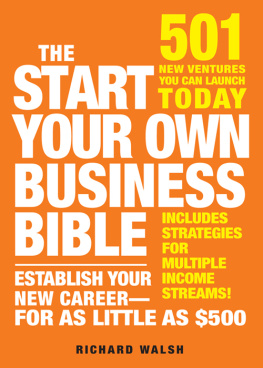
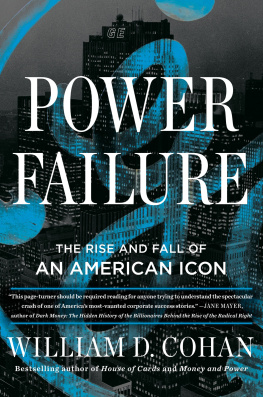
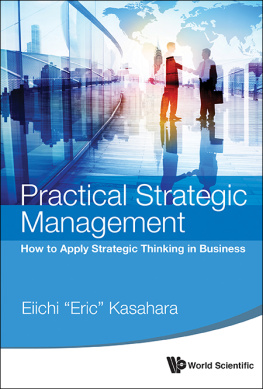
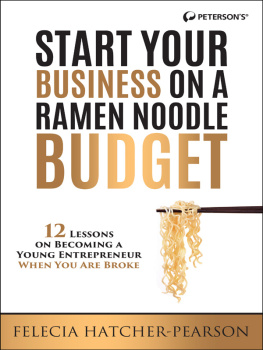
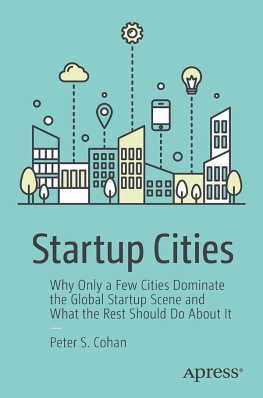



 Lacks a deep passion for the business and is mostly interested in building the venture to make a quick buck.
Lacks a deep passion for the business and is mostly interested in building the venture to make a quick buck.